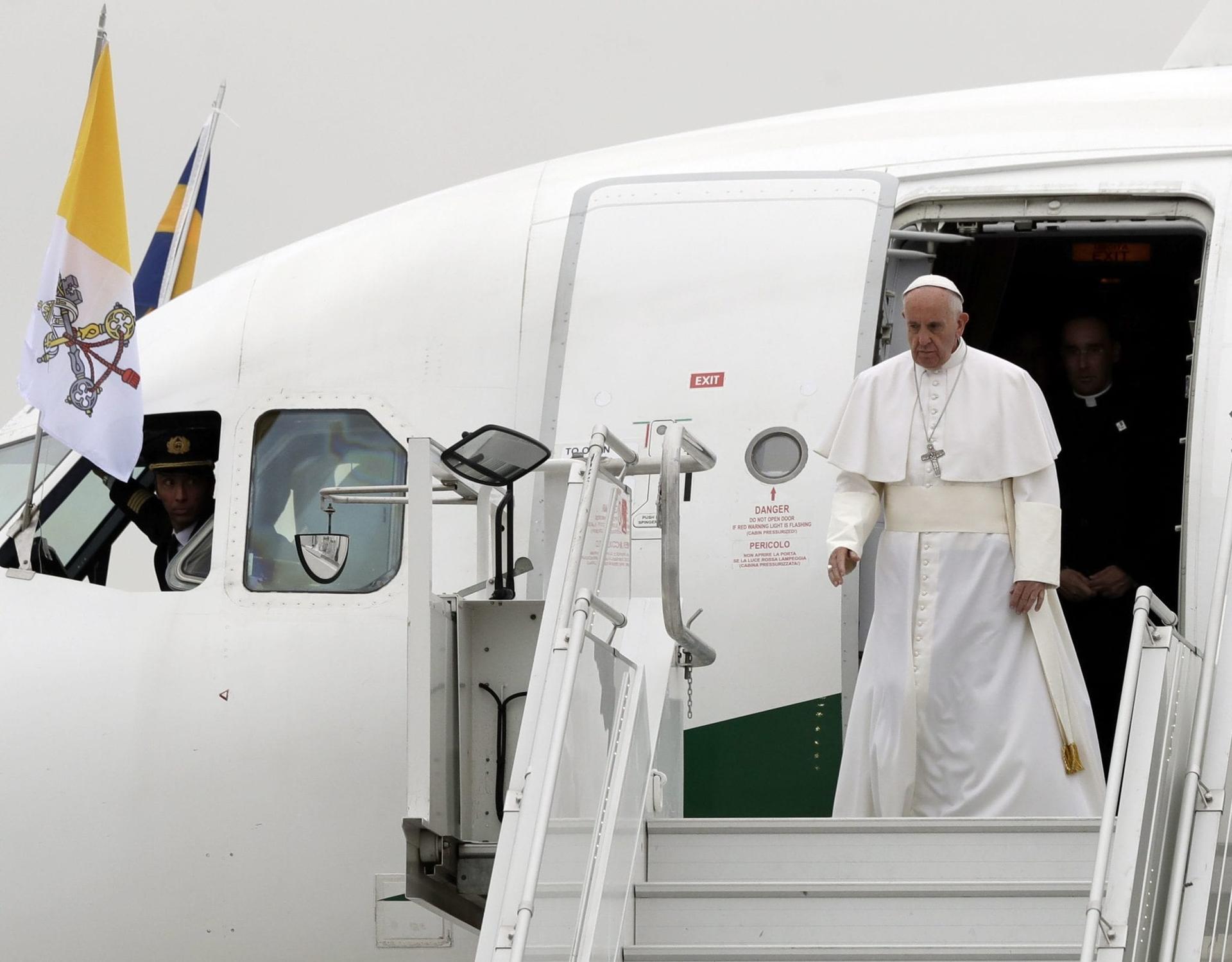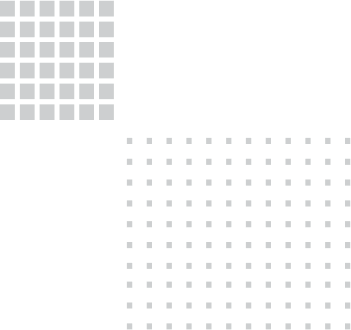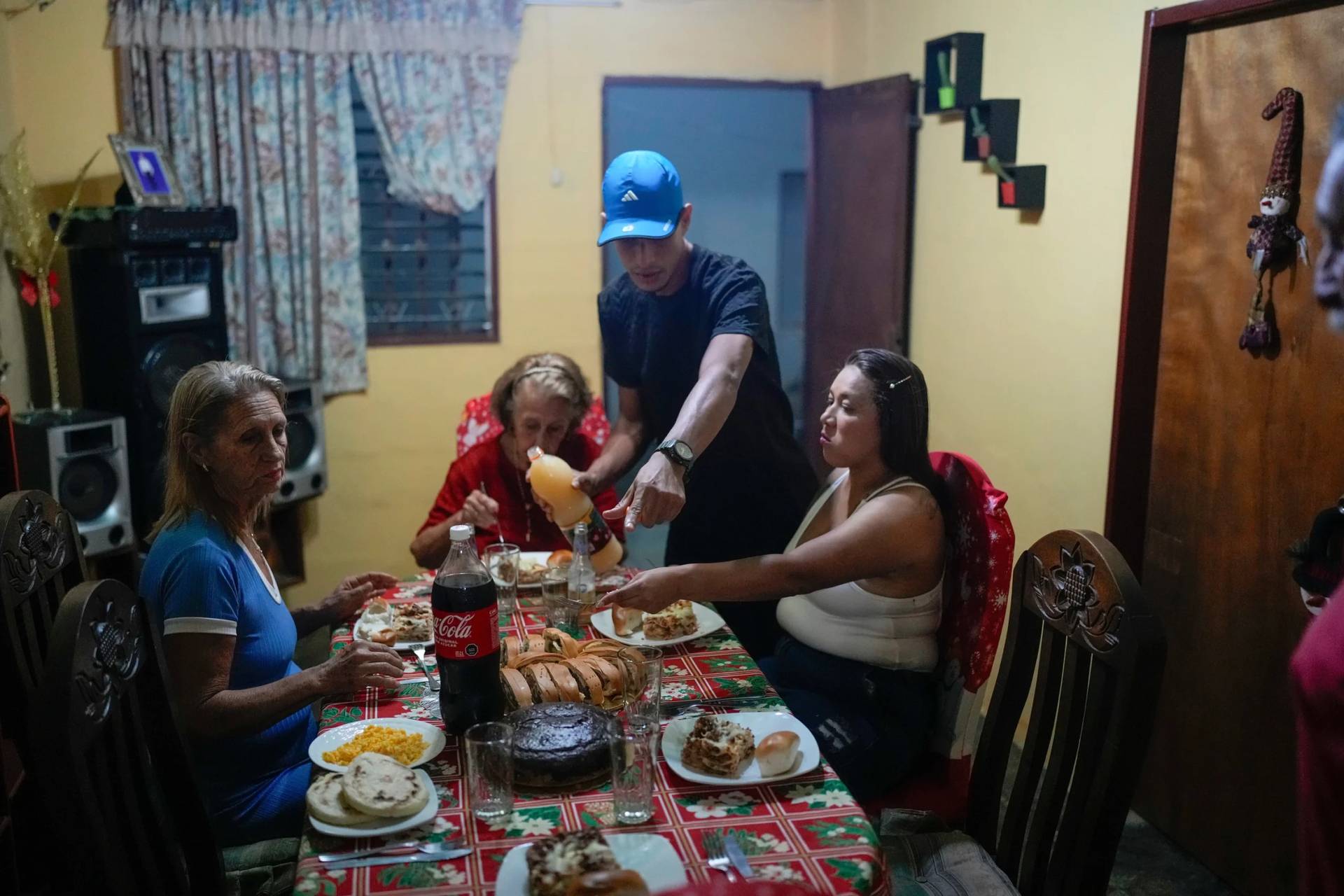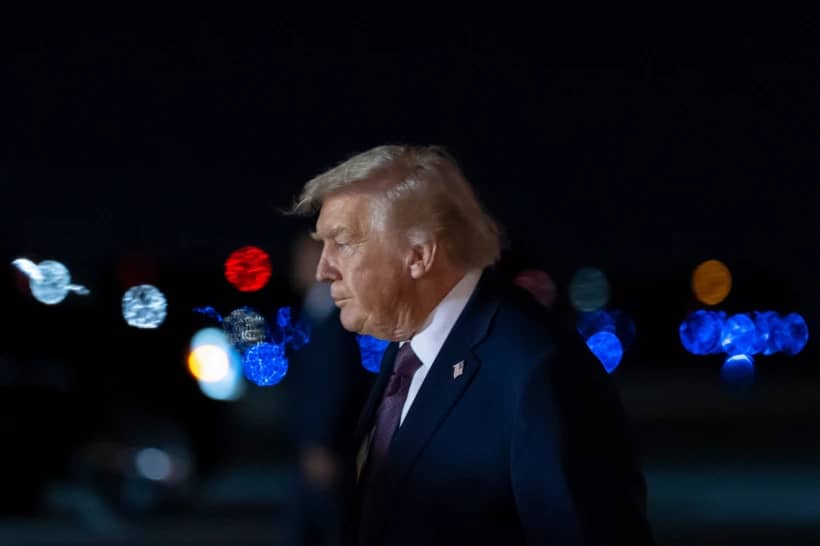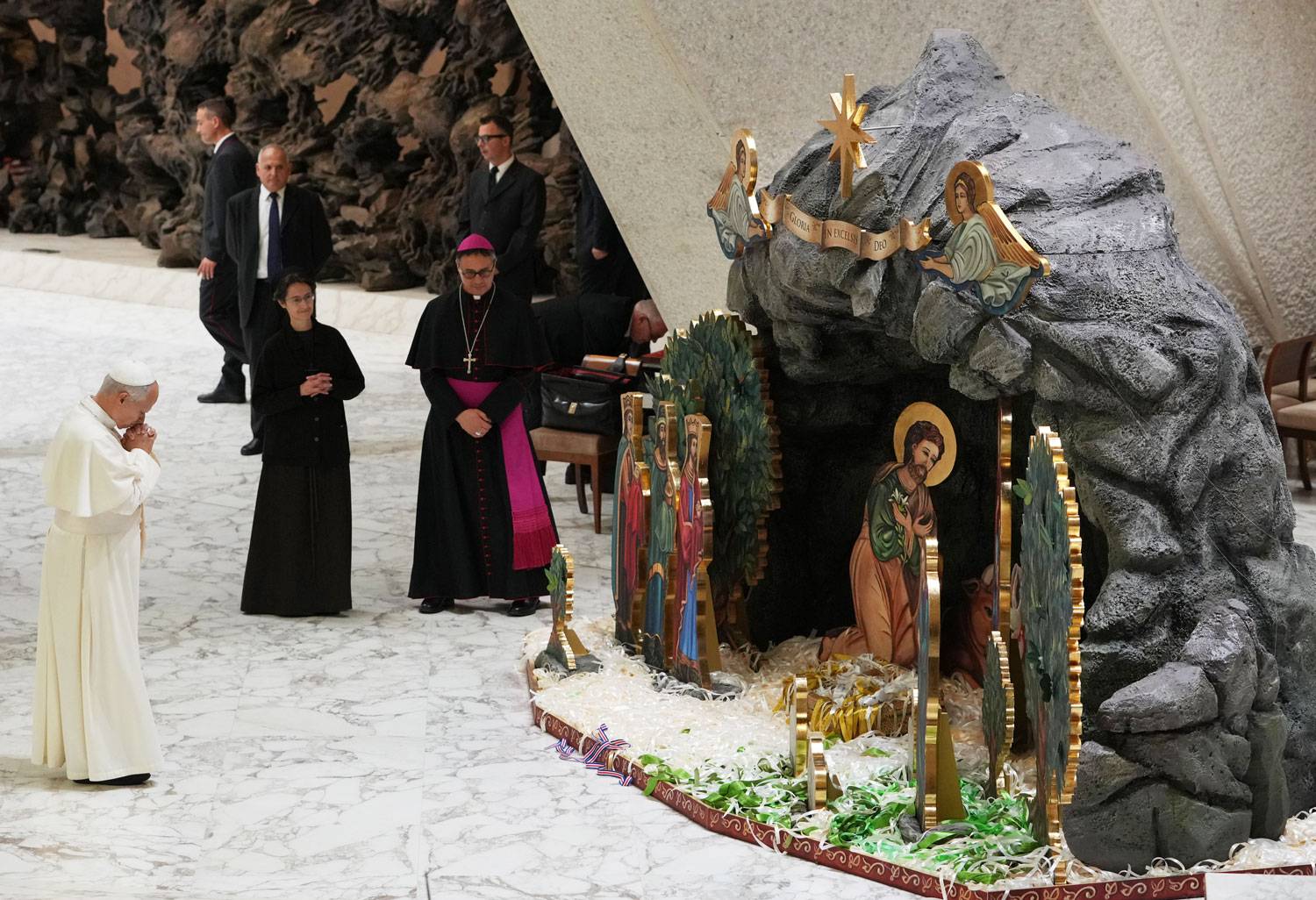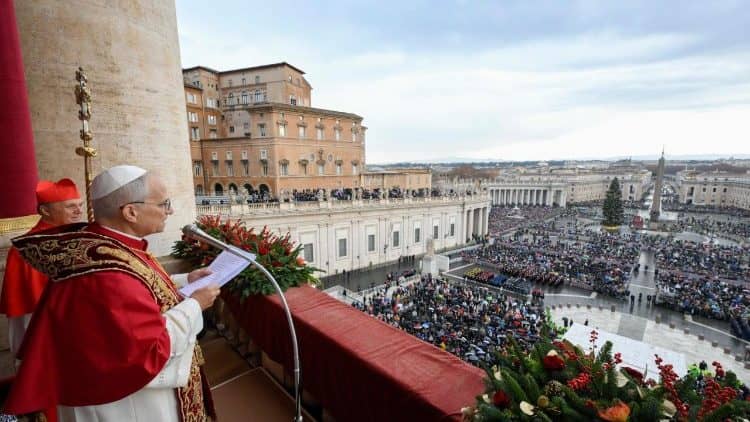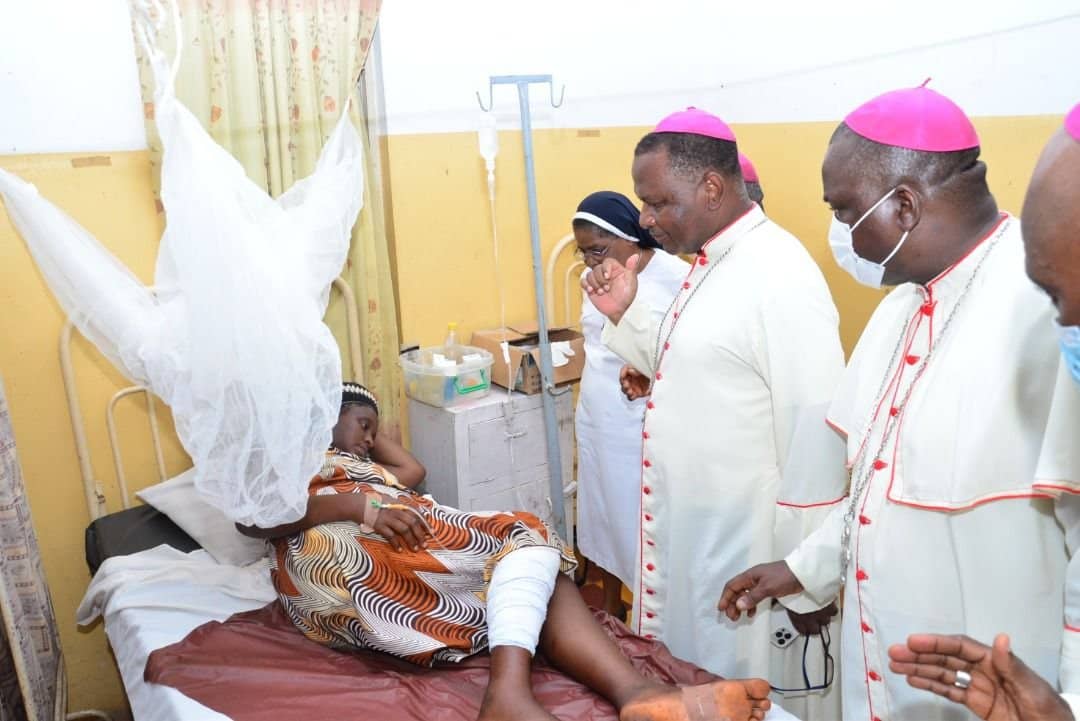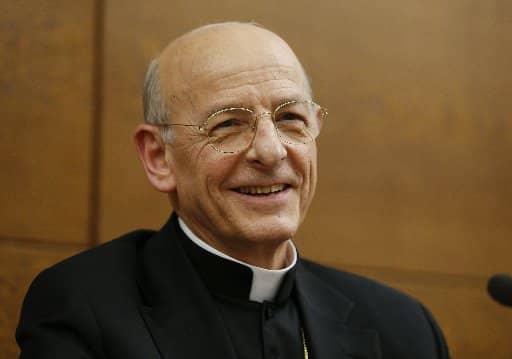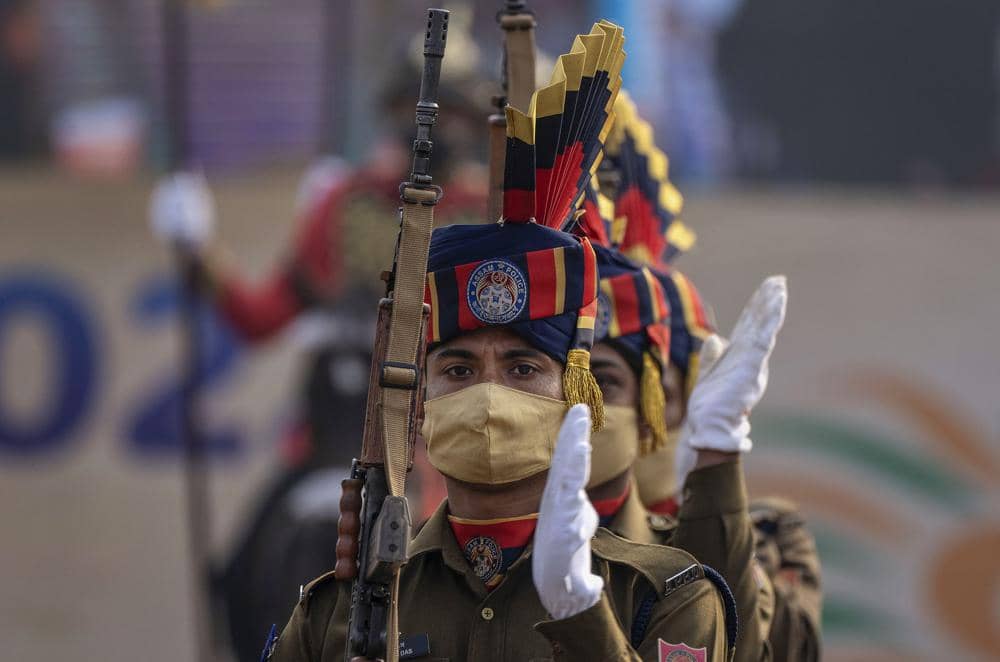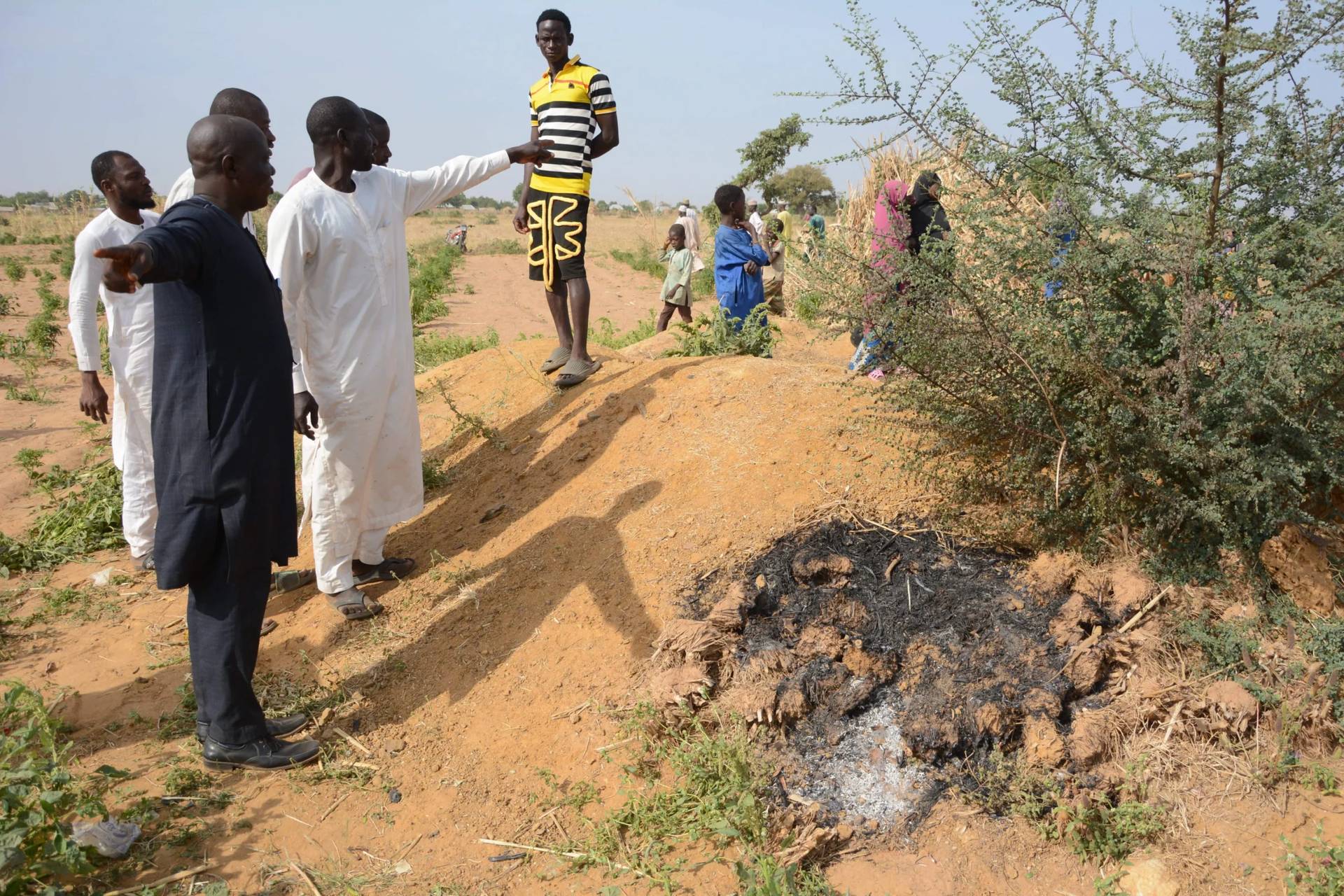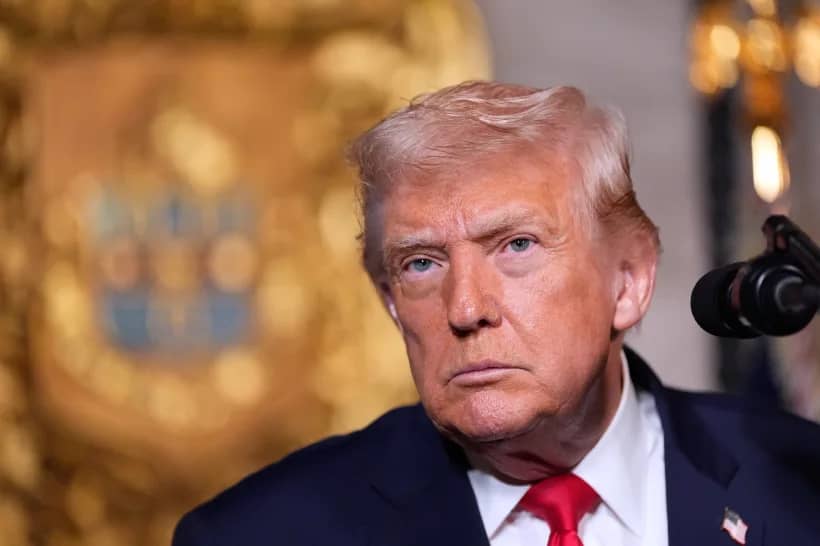ROME – Pope Francis could visit Myanmar and Bangladesh in November, deciding to add the Muslim majority country after his original plan of visiting India and Bangladesh, as he’d told reporters last year, fell through.
The possible change in schedule was first reported by Argentina’s news agency Telam, and confirmed by Crux through several sources on the ground, who requested to remain anonymous because they didn’t have clearance from their superiors to speak about the matter.
Cardinal Patrick D’Rozario, of Bangladesh, told Crux that a Vatican team will be travelling to the country on the third week of August to define the date and the pope’s schedule during the visit. He also said that preparations for the trip began in May.
In June, Cardinal Oswald Gracias of Mumbai had said the pope’s intention to visit India might have to be postponed because it was taking longer than anticipated to work out details with the government of Prime Minister Narendra Modi, a strong Hindu nationalist who’s at times been seen as hostile to the country’s small Christian minority.
Vatican spokesman Greg Burke, upholding a Vatican tradition of not confirming papal trips until they’re announced, only acknowledged that a trip to Asia by the end of the year is “being studied,” without mentioning dates or places.
Pope Francis’s public calendar shows he’s cancelled the weekly general audience for Wednesday, Nov. 29. Considering the 12 plus hours for a Rome-Dhaka flight, there are no other windows of time unless the pope cancelled one of the already-scheduled audiences or Sunday Angelus prayers.
Both Asian countries have very small Christian communities, but both have been close to Francis’s attention, and he created first-ever cardinals for both countries: Cardinal Charles Bo in Myanmar and D’Rozario in Bangladesh.
The two countries also have a minority population that is close to Francis’s heart: the persecuted Rohingya Muslims, who’ve been migrating from Myanmar to Bangladesh for years, and the tiny Catholic minority in Bangladesh.
Rohingya have been fleeing Myanmar in the face of rising levels of persecution, including rapes and extra-judicial killings. A UN report in February described their situation as a possible “genocide” and a set of “crimes against humanity” in Myanmar, where the Rohingya are officially categorized as Bengali “interlopers” despite the fact they’ve lived in Rakhine for generations.
RELATED: Bangladesh cardinal defends rights of Rohingya refugees
Soon after that report, marking the Catholic Church’s International Day of Prayer and Awareness Against Human Trafficking, Francis asked the thousands gathered in Rome for his weekly audience to remember the Rohingya Muslims.
“And speaking of migrants, driven out, exploited … I would like to pray today with you in a special way for our brothers and sisters Rohingya,” he said.
“They are driven out of Myanmar, going from one place to another because they’re not wanted. They’re good people, peaceful! They aren’t Christians, they’re good [people]. They’re brothers and sisters of ours.
“The pain they suffer … they have been tortured, killed, simply because they carry forth their tradition, their Muslim faith,” he said, before leading the thousands who were in the Paul VI hall in prayer.
Open Doors USA, an organization that track Christian persecution world-wide, has labeled the persecution level in Bangladesh to be “very high,” despite the fact that the constitution includes religious freedom. They suggest that the situation is more dire in rural areas. In the case of Myanmar, Christians are also victims of violence, but the Rihingya Muslims face a much more real threat.
RELATED: Myanmar’s drama isn’t a Vatican soap opera, but a suffering church
Bangladesh, in the top-ten of most populated countries with 163 million citizens, has a Catholic population of 0.3 percent, according to the Catholic Almanac. The majority of the population, some 90 percent, is Muslim.
In October of last year, D’Rozario told Crux’s India correspondent Nirmala Carvalho that he saw his appointment as cardinal as “a blessing and a grace, and a recognition of the church in Bangladesh … a recognition of the ‘smallness’ of the Church, but a church that’s vibrant in faith, and a witnessing church in society through our works.”
Myanmar, on the other hand, is a Buddhist majority country, with less than five percent of the total population being Christian, and a little over one percent being Catholic. According to Bo, there are some 700,000 Catholics among the 5.1 million of the total population.
The Vatican and the Asian country had no diplomatic relations until last May when they were officially established soon after a visit by the country’s leader and Nobel Peace awardee Aung San Suu Kyi to the Vatican.
Before the announcement was made, the Vatican had previously been represented in Myanmar by an apostolic delegate to the local church who was based in Thailand. The move means eventually the Vatican and Myanmar will each appoint a full-fledged ambassador.
John Paul II visited Bangladesh in 1986. This would be the first papal visit to Myanmar.
Assuming it happens, this will be Pope Francis’s third Asian tour, after his visit to South Korea and Sri Lanka and the Philippines.
Already on the schedule and confirmed by the Vatican are his trips to Colombia, in September, and then Chile and Peru in January. Earlier in the year, the Vatican had to officially rule out a papal visit to war-torn South Sudan, which would have been made together with the Archbishop of Canterbury Justin Welby.
Crux contributor Nirmala Carvalho also contributed to this report.
